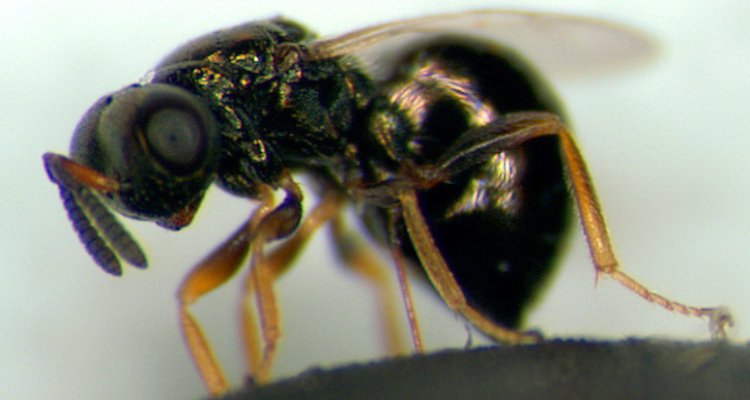
Thesis subject
Flight ability and morphology in the parasitoid wasp Nasonia vitripennis
The ability of dispersal to a new habit by flight is recognised as one of the main causes of the ecological and evolutionary success of winged insects. Flight performance is a result of complex interactions of body morphology (i.e., body size, wing size and shape, thorax length etc.) and physical environment. Any changes in body morphology or environmental conditions may af-fect flight ability, which in turn can influence the fitness of the insect.
In this project, you will investigate the relationship between wing and body morphology and flight performance in lab reared and wild caught Nasonia vitripennis wasps. Objectives of the project are: 1) to investigate the variations of wing and body morphology and their effects on flight ability, 2) to investigate the effect of environmental conditions on body and wing morphology, and 3) to compare flight performance between laboratory lines and recently collected field lines.
N. vitripennis is gregarious parasitoid of blowfly pupae and is commonly used as model species for complex developmental and evolutionary genetics. N. vitripennis occurs throughout the world in all forested environments and a large collection of laboratory lines are available for research, including long-term laboratory reared lines and recently collected field lines.
The skills your will be using/learning are: Insect rearing and handling, High-speed video-based flight dynamics analysis, Wind tunnel flight experiments, Morphological measurements.
This study is part of a joint research project of Animal Breeding and Genetics, the Experimental Zoology Group and the Laboratory of Genetics at Wageningen University.